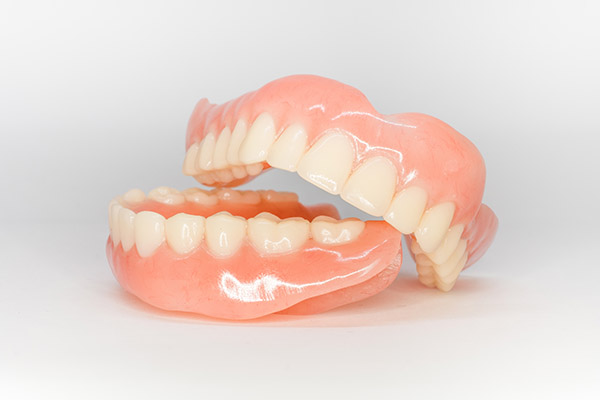 The dentist uses dentures as options for replacing missing teeth in the mouth, correcting aesthetic problems, and allowing you to talk and eat normally. On average, they last up to five years, but they require proper cleaning and maintenance. There are many ways to keep them looking and functionining properly.
The dentist uses dentures as options for replacing missing teeth in the mouth, correcting aesthetic problems, and allowing you to talk and eat normally. On average, they last up to five years, but they require proper cleaning and maintenance. There are many ways to keep them looking and functionining properly.
People often ask the dentist about the options for replacing missing teeth. Conventional dentures are removable depending on the number of missing teeth (removable partial dentures or complete dentures). There are two categories of dentures, the distinction being whether they are used to replace missing teeth on the mandibular arch and at the maxillary arch or a removable bridge and crown. The materials used in dentures are either porcelain or plastic.
Partial dentures
Partial dentures replace one or a few missing teeth. Partial dentures are when some of your teeth remain in your mouth after tooth loss. In turn, the presence of dentures prevents other teeth from gliding.
A bridge is fixed by fixing a partial denture using crowns on teeth located on either side of the gap to connect a denture, which is then cemented in place. Bridges like this can connect more teeth. Some examples of partial dentures are:
- Crowns and onlays are placed on the surface of natural teeth that are severely damaged, worn, or have very large fillings. The restoration is suitable for existing teeth.
- A bridge is fixed when other tooth structures surround a missing tooth. A bridge is then fixed on the existing natural teeth.
Once the bridge and crown are fixed, the teeth will feel natural and comfortable, and the chewing function can be restored.
Complete dentures
However, complete dentures can be considered one of your options for replacing missing teeth if all the teeth are missing. There are two types of complete dentures: urgent dentures and permanent dentures. After tooth removal, before permanent traditional dentures are ready, you will need urgent dentures for treatment over 2 to 3 months after complete tooth loss.
The reason for this wait is for the jaw and gums to shrink together during treatment, causing the shape of your mouth to change. There may also be a need to readjust the urgent dentures while you wait for permanent dentures. Complete dentures are a routine restoration treatment for patients with edentulous jaws. It’s a removal restoration method that uses artificial teeth and bases to repair the missing natural teeth and mucosal tissue of the upper and lower jaw after all the natural teeth are missing.
Complete dentures replace all your top and bottom teeth, and are most appropriate for people with signficant too loss. These dentures require periodic visits to your dentist to ensure that they properly fit and are still functioning at their best.
Related Posts
If you are new to dentistry, it may be difficult for you to decide on your options for replacing missing teeth. There are many options available, but here are some of the most common ones that can help replace missing teeth due to tooth decay:Dental implants are one of the most long-lasting options for replacing…
Are you looking into your options for replacing missing teeth? Fortunately, there are various options for replacing missing teeth. This article covers these options, including their benefits and drawbacks. Replacing missing teeth after a tooth extraction is important for bone health since tooth loss results in a loss of bone density. Also, failing to get…
When it comes to replacing missing front teeth, there are options available. This article reviews some popular tooth replacement options so you can preserve your smile and your health. Due to their position, losing front teeth may undermine your self-esteem and make you less inclined to smile for photographs. However, it is about more than…
